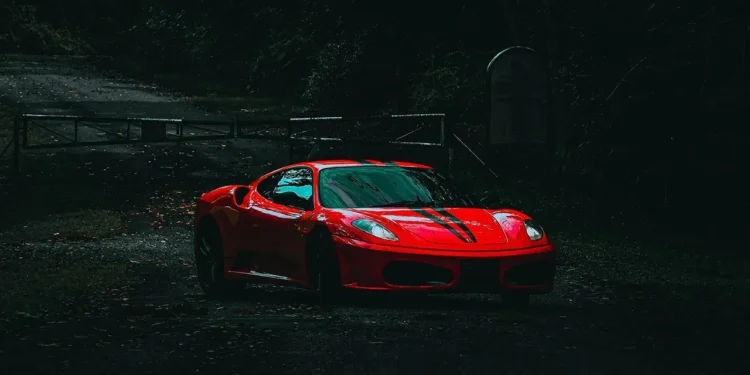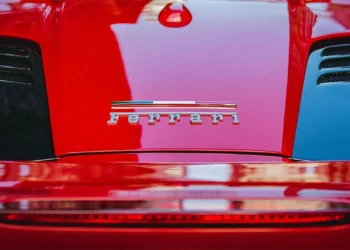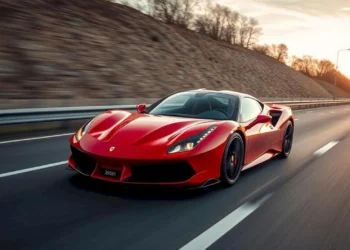The Ferrari 360 Modena became Ferrari’s biggest success, which was evident from the sale of 17,000 units in six years. But even with all its charm, it wasn’t without rivals. The Porsche 996 Turbo, Lamborghini Gallardo, and Ford GT started giving it a run for its money, boasting better speed and handling. Yet, as we all know, Ferrari’s reputation isn’t something you just shake off, and that strong brand loyalty kept the sales numbers high. Still, Ferrari knew it had to respond—and that’s when the F430 was born.
Exterior
At first glance, you could mistake this sexy car for the 360 Modena‘s sleek cousin. It retained that iconic Ferrari shape, but there were some noticeable tweaks. Ferrari sharpened the design for a more aggressive, “I’m ready to race” look. The vertical headlamps and larger front intakes didn’t just look cool—they improved performance too. And those extra ventilation holes? Pure function wrapped in style. The aerodynamics were enhanced significantly, giving the F430 more downforce—a serious 280kg at 186 mph, compared to the Modena’s 195kg. And they did all this without throwing a massive spoiler on the back! Impressive, right?
Powertrain
But let’s talk heart—the F430’s new 4.3-liter V8 engine. If the Modena had a soul, the F430 had a fire in its veins. With 490 horsepower, this engine outdid even the legendary Ferrari F40. More torque, more power, and boy, did it rev high. The result? A 0-60 mph time of just 3.95 seconds and a top speed of over 196 mph, making it one of the fastest Ferraris of its time. For a little context, that’s nearly neck and neck with the Lamborghini Gallardo and seriously close to the Ford GT. This car wasn’t just keeping up—it was showing up to win.
Beneath its skin, the Ferrari F430 shared the same aluminum spaceframe chassis as the 360, but it got a 20% boost in stiffness. What does that mean for the driver? Tighter handling and better stability, especially when you’re hugging corners. And sure, the car gained a little weight, but here’s the kicker—it was still lighter than its main competitors. Ferrari didn’t stop there. They threw in adaptive dampers for a smoother ride, larger brakes (with an option to go all-out with carbon-ceramics), and the fancy new E-Diff electronic differential to enhance cornering. And then came the Manettino – a control dial right on the steering wheel.
Interior
Inside, the Ferrari F430 leaned heavily into its race-car roots, featuring black leather and carbon-fiber accents that scream “ready for action.” But what about the V8 engine sound? It’s no longer just a roar—it’s a full-on symphony of aggression just like the 550 Maranello. On the road, the F430 doesn’t just corner faster; it feels smoother, more precise, and just more alive than the 360 Modena.
Now, with a price tag of around $171,000, the Ferrari F430 was no small investment. But it wasn’t just about stepping up from the 360 Modena—it was about Ferrari shifting its V8 line into new territory, which was successfully succeeded by Ferrari 488. This was no longer just about competing with the Porsche 911—this was Ferrari’s move to take on the Lamborghini Gallardo head-on.











